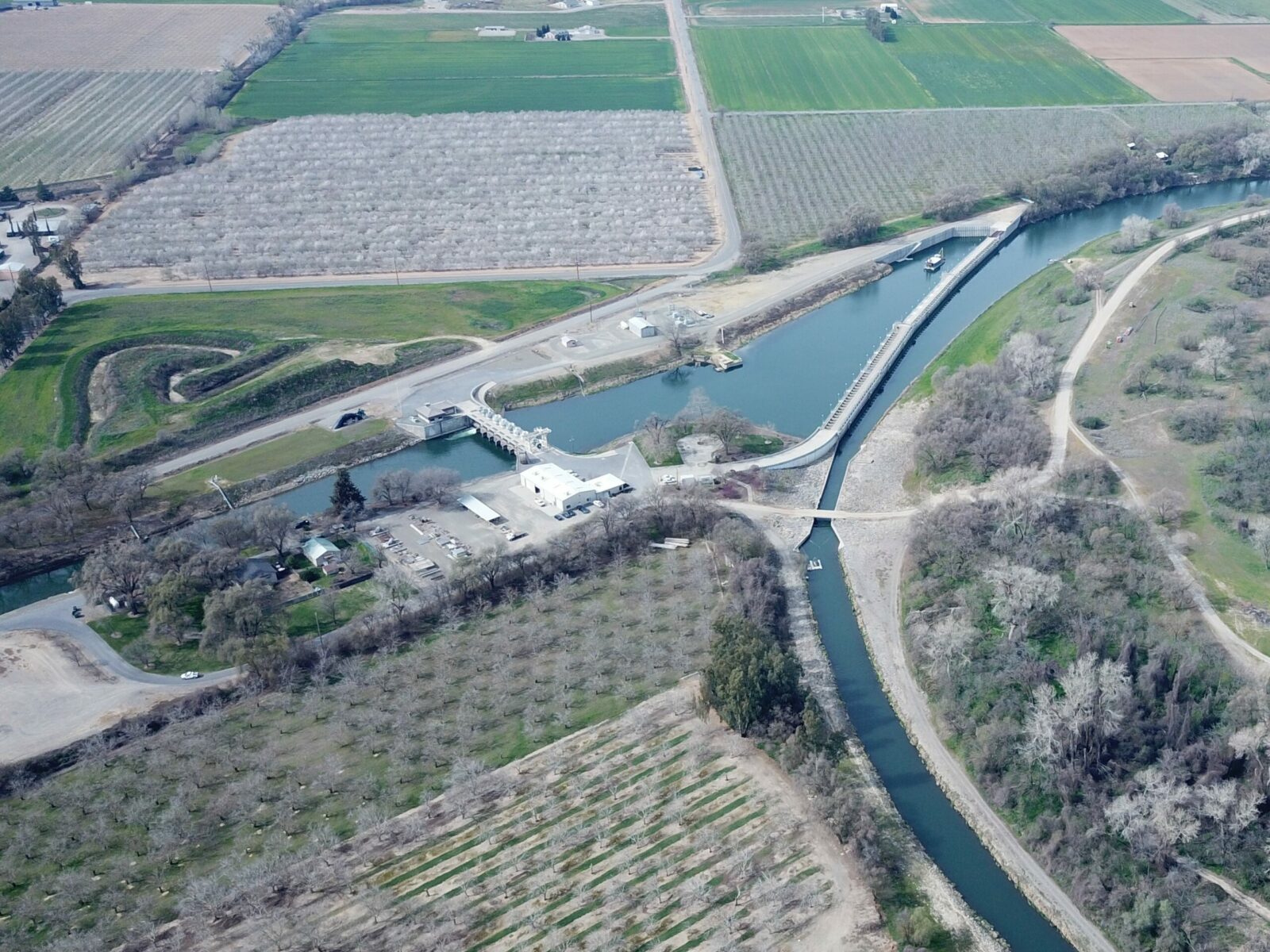Then and Now: Water in the Sacramento Valley
Contributed by Jennifer Harrison
History has a way of repeating itself, and it’s natural to look to the past for answers to the present. Water is no different. The Glenn-Colusa Irrigation District (GCID) has a treasure trove of old photos, dating as far back as 1905, which document this part of the Sacramento Valley’s history with water management. The towns of Willows, Maxwell, Williams, and others sit within this district, growing everything from rice and almonds to corn and tomatoes. Water and water management is key to getting these crops from farm to fork. We took a trip down memory lane with Cynde Davis of the Glenn- Colusa Irrigation District, to understand the evolving nature of certain aspects of water management.

How has water management changed in 100 years?
One of the major changes is that 100 years ago, GCID was in the development stages and building and utilizing infrastructure. That was the primary goal. Today, the elaborate conveyance system is in place, and dealing with myriad pressures on California’s water system is one of the principal areas of focus in managing the District’s water supply efficiently and protecting its water rights.

Dredging. What it is, why does it matter and how has it changed?
Dredging is the removal of sediments and debris from the bottom of lakes, rivers, harbors, and other water bodies. It is a routine necessity in waterways around the world because sedimentation—the natural process of sand and silt washing downstream—gradually fills channels and harbors.
In the past: Dredging was performed with an actual floating dredge that suctioned the sediment and gravel out of the intake channel to clear it for diversion to the pumps. In the absence of dredging the gravel and sediment would fill the channel and block it, preventing the pumps from being able to draw water for irrigation needs.
Today the reason remains the same, although the process requires a great deal of coordination with federal and state resource agencies (USACE, CDFW, CRWQB and review by numerous other agencies) to obtain the necessary permits that allow the District to perform work in the intake channel, which branches off the Sacramento River.
Currently: The methods and equipment have significantly changed over the last 100 years. Today, we try to remember to refer to the project as the Intake Channel Gravel Removal Project because the District’s suction dredge is not used in the channel. Instead excavators; a front end loader, a D-6 dozer and a dump truck were used for the 2020 work, and are more efficient and versatile.

History: Why does it matter?
My favorite reason is that it is interesting to look back at history and enjoy learning about the past; especially when today we have such a wealth of photos and written materials that have been used and preserved. We can appreciate the efforts that went into creating our complex water delivery systems with the types of equipment that were available over the last century.
Historic photo credits: Glenn-Colusa Irrigation District
